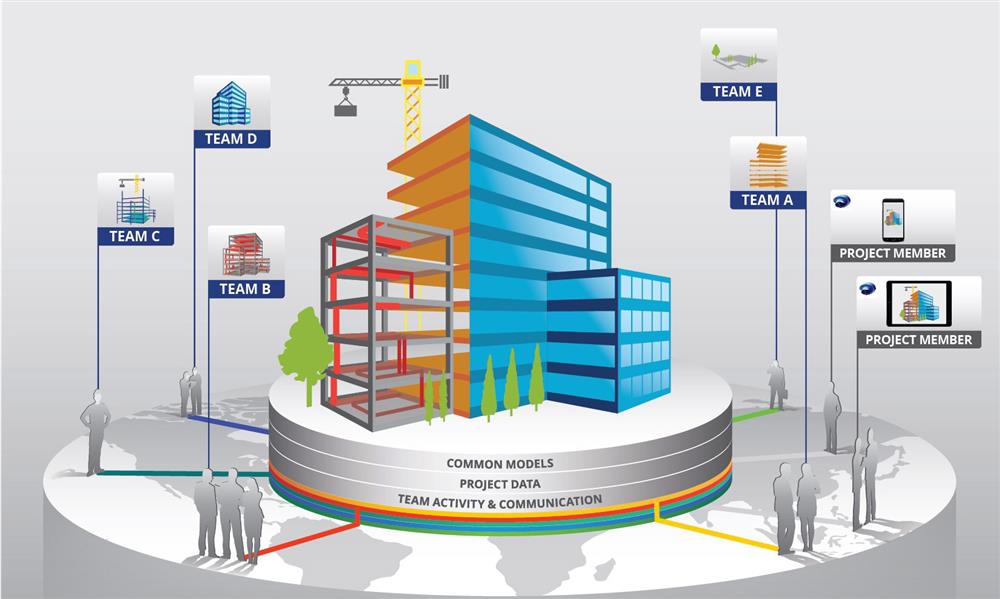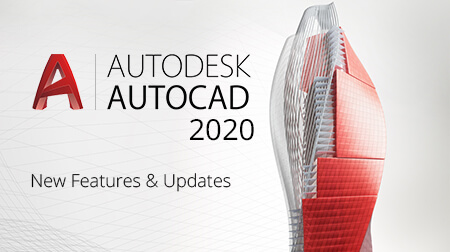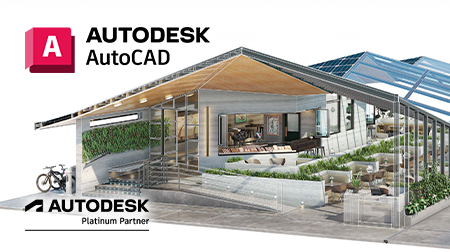By Bill Adams, Redstack

Building Information Modelling (BIM) is a collaborative way of working underpinned by digital technologies. These technologies allow for more efficient methods of designing, delivering and maintaining physical built assets throughout their entire lifecycle.
In May 2011, the UK Government published the Construction Strategy aimed at reducing the cost of public sector assets by up to 20% by 2016.
To achieve this strategy, the government requires construction suppliers tendering for centrally-procured government projects to be working at BIM Level 2. As a minimum, they require fully collaborative 3D BIM (with all project and asset information, documentation and data being electronic). The requirement has been introduced to drive the adoption of BIM processes throughout the public and private sector.
BIM LEVEL 2 was being introduced as a requirement for all government construction projects as of April 2016. In a nutshell, BIM LEVEL 2 defines what, when and how information should be created, shared and managed.
What are the Levels of BIM?
The UK government recognized that the process of moving the construction industry to ‘full’ collaborative working will be progressive, with distinct and recognizable milestones being defined within that process, in the form of ‘levels’.
These have been defined within a range from 0 to 3, and, whilst there is some debate about the exact meaning of each level, the broad concept is as follows.
Level 0 BIM
In its simplest form, level 0 effectively means no collaboration. 2D CAD drafting only is utilized, mainly for Production Information. Output and distribution is via paper or electronic prints, or a mixture of both.
Level 1 BIM
This typically comprises a mixture of 3D CAD for concept work, and 2D for drafting of statutory approval documentation and Production Information. CAD standards are managed to British Standards (BS 1192:2007), and electronic sharing of data is carried out from a common data environment (CDE), often managed by the contractor.
This is the level at which many organizations are currently operating, although there is no collaboration between different disciplines – each publishes and maintains its own data.
Level 2 BIM
This is distinguished by collaborative working – all parties use their own 3D CAD models, but not necessarily working on a single, shared model. The collaboration comes in the form of how the information is exchanged between different parties – and is the crucial aspect of this level.
Design information is shared through a common file format, which enables any organization to be able to combine that data with their own in order to make a federated BIM model, and to carry out interrogative checks on it. Hence any CAD software that each party used must be capable of exporting to one of the common file formats such as IFC (Industry Foundation Class) or COBie (Construction Operations Building Information Exchange). This is the method of working that has been set as a minimum target by the UK government for all work on public-sector work, by 2016.
Level 3 BIM
Currently seen as the holy grail, this represents full collaboration between all disciplines by means of using a single, shared project model which is held in a centralized repository. All parties can access and modify that same model, and the benefit is that it removes the final layer of risk for conflicting information.
This is known as ‘Open BIM’.
4D BIM and beyond
Finally, the concept of ‘4D’ BIM has become a buzzword in recent years. This equates to the use of BIM data to analyze time; beyond this are ‘5D’ which includes cost management, and ‘6D’ for facilities management (FM) purposes.
More information
Learn more about Building Information Modelling at our BIM website:
- What is BIM?
- BIM Services
- Proven BIM Expertise
- Benefits of BIM
- Free BIM Resources - Whitepapers, blog posts and more.
Contact us today for further assistance with implementing BIM at your organisation.













